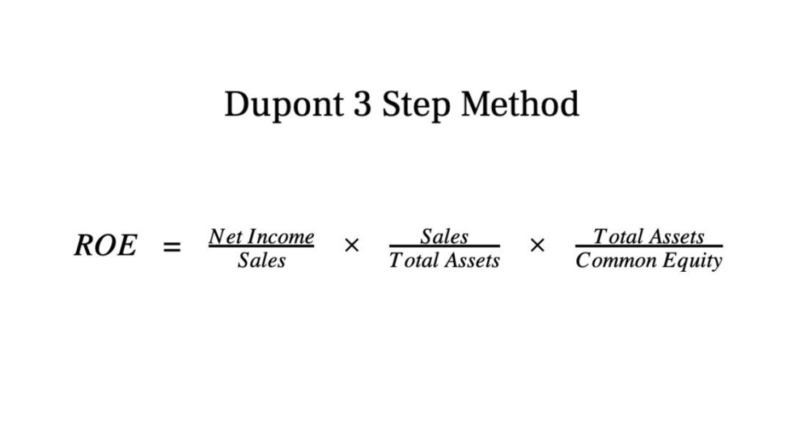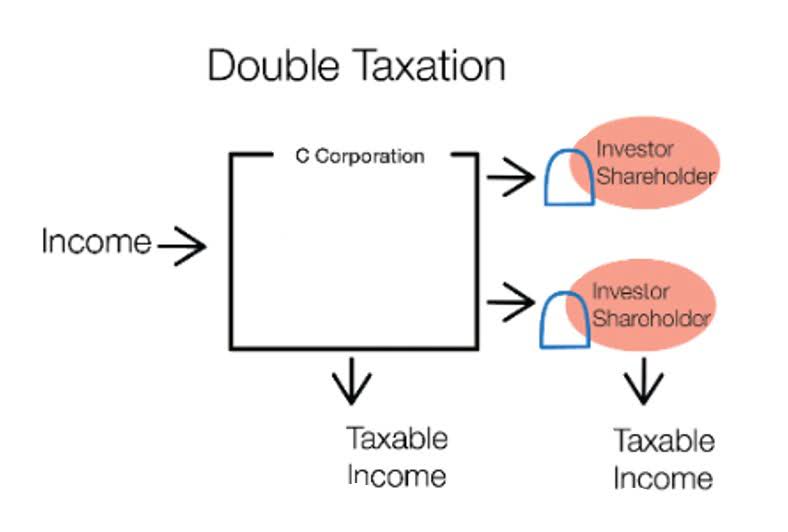
You can easily customize the templates if the workflows don’t perfectly align with your processes. If you’re using an automated workflow system, this step may happen automatically. If you’re using a paper-based system or spreadsheet, you will need https://www.bookstime.com/ to manually create the following month’s checklist. Getting routine processes right is one of the hallmarks of a stellar accounting firm. And the importance of orderly bookkeeping cannot be understated—your clients’ financial health relies on it.
Keep those receipts. Yes, the paper receipts. Here’s why.
- The most common 1099 is the 1099-MISC, which reports miscellaneous income such as royalties, rents, and prizes.
- They can provide you with a printout list of each transaction or invoice between you.
- Lastly, this review lets you reconcile any discrepancies between the accounts payable and receivable records.
- This is a great natural storage system for managing your electronic purchases.
- Inventory and COGS will be relevant for some clients and not others.
- You can easily customize the templates if the workflows don’t perfectly align with your processes.
- Comparing your bank statements to your accounting software to ensure all transactions are appropriately recorded is reconciling your bank accounts.
Adjusting entries can be a little more technical than what most small business owners should be expected to do. You may have to manually add transactions that are not in your accounting software to ensure that you can successfully reconcile your bank statement. When you are completed, the balance in your bank account should be the same as the balance on your accounting system. You are looking to gather all of your bank statements, receipts, invoice, and other related financial information. Accounting software can help you keep your records in one accessible space. Plus, you can get features like automatic bank transaction imports, machine learning, and the ability to accept credit card payments.

Signs you need to clean up your books
For businesses with employees, accurate payroll records are essential. This step involves reviewing and potentially categorizing your payroll costs within your bookkeeping system. By carefully addressing these discrepancies, you can ensure your bank records and your accounting software match, providing you with an accurate picture of your financial situation.
#2: Update Your Bookkeeping Software
If you are working with an electronic file, you will need to download the information from the client’s financial institutions or wait for your client to send you PDFs each month. Ensure you have the most recent information and good data before beginning the process. As a bookkeeper, it’s your responsibility to keep your clients’ books in order. Karbon’s client portal enables you to securely request and receive client information and documentation. See how much time and money Karbon’s client portal can save your firm with this time savings calculator.
In other words, you shouldn’t expect a contract bookkeeper to clean up your books in five to 10 hours. To keep the project within a timely manner (and avoid future accounting issues), work with a team with experience in your industry year around. If you’re looking for a bookkeeping checklist, you’ve probably identified a problem with bookkeeping clean up checklist your current strategy. By setting goals and acknowledging known issues with your bookkeeping practices, you’ll be able to determine an appropriate course of action going forward. Jetpack Workflow was designed with accountants and bookkeepers in mind and comes preloaded with workflow templates customized for accounting tasks.
- As you make your way through your bookkeeping cleanup checklist, you want to ensure that you are up-to-date with paying your taxes.
- You should regularly check in to ensure the reporting you are providing is useful for them so you can ensure you are not wasting time producing reports that are not being used.
- If you find yourself dealing with any of the above issues, it might be time to give your books some TLC.
- If you are staring at a $30.69 charge in a fixed asset ‘Equipment’ account you most likely need to reclassify that small charge.
- Doing this ensures their financial statements accurately document the reality of what the business owns.
- In this way, they become a strategic partner, not just a bystander.
Here are the most important monthly bookkeeping tasks to add to your bookkeeping checklist. To ensure a successful reconciliation of your bank statement, you might need to manually input transactions that are absent from your accounting software. By doing so, you can ensure that the balance in your bank account aligns with the balance reflected in your accounting system. Access your accounting software and evaluate any potential gaps in the data. Ensure that your bank feeds are connected and identify any missing transactions or records that require updating. Take note of any transactions for which you lack records and be prepared to track down the corresponding information, if necessary.
Categorize transactions
This process, known as bank reconciliation, involves comparing your bank statement balance to the balance in your accounting records and identifying any discrepancies. Your finance team will build a proper bookkeeping document checklist, reconcile accounts, and evaluate financial statements to ensure your business is on the right track. However, they must understand how your company operates to build a chart of accounts structured specifically for your business. The heart of the bookkeeping process is to ensure your clients’ financial records are complete and accurate. Adjusting entries may involve technicalities that can exceed the scope of what most small business owners are expected to handle.

Key Year-End Bookkeeping Checklist Items (+ Free Templates)
The sum of money owed to your company by clients who still need to pay their invoices is called accounts receivable. Adjusting entries are accounting entries made at the end of an accounting period to update account balances and ensure that financial statements are accurate. Adjusting entries are necessary because some transactions may not have been recorded in the period in which they occurred or may have been recorded incorrectly. At Zeni, we require an initial bookkeeping cleanup for every client to check for common signs of incomplete books and misaligned data. Adjusting entries refer to accounting entries that are created at the end of an accounting period to bring account balances up to date and ensure the accuracy of financial statements. Adjusting entries are crucial because certain transactions may not have been recorded in the period, they took place or may have been recorded incorrectly.
#8: Review Forecasted Cash Flow

